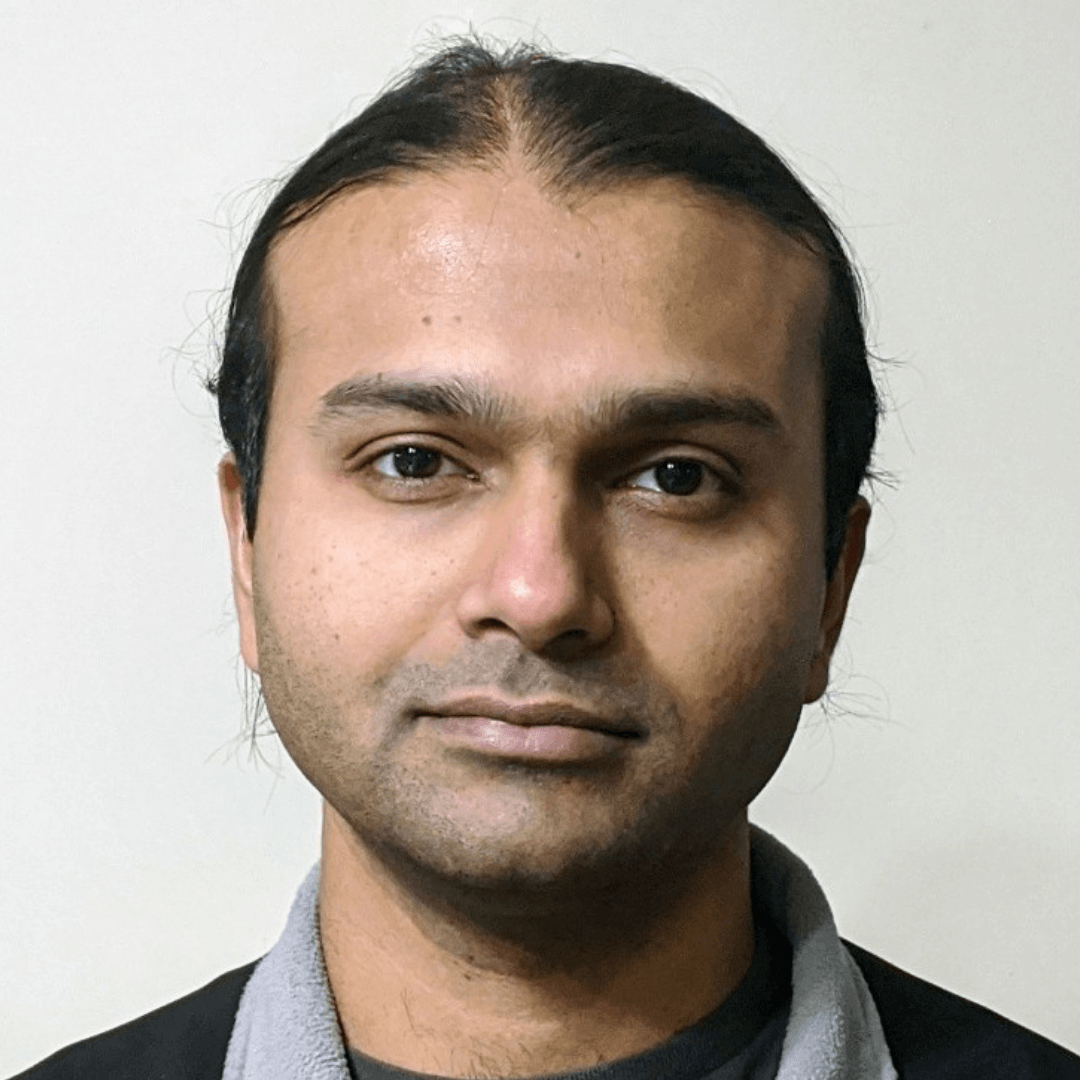Numerous methods have been developed to assess human attention. Some of the major ones include the following:[1]
The digit span test (DGS), which is primarily a test of working memory, is one of the earliest tests used to measure focus & attention. During a DGS test, participants are asked to repeat a series of random digits, either in the same order that they were revealed, or backwards.
Simple and choice reaction time (simple/choice RT) tests assess cognitive processing speed, which is well-correlated with attention and alertness. RT tests consist of two parts. For the first part (simple RT), participants are timed responding to a predictable stimulus. The second part of the test (choice RT) requires participants to respond in a correct way to one of several different, unanticipated stimuli.[2]
The Stroop color and word test measures the Stroop effect, which is the delay in reaction time between congruent and incongruent stimuli, such as color-words printed in like vs. different colors.[3] For example, the word blue, printed in red ink, is an incongruent stimulus that takes longer to cognitively process compared to the word blue, printed in blue ink (congruent stimulus). The delay in reaction time is partially a function of attention and focus.
The emotional Stroop test (E-Stroop) is a variant of the color and word test that instead presents to participants either neutral words, or words that are related to particular emotional states or disorders. The latter, emotion-associated words tend to be named more slowly by participants, with the delay reflecting attention ability.[4][5]


